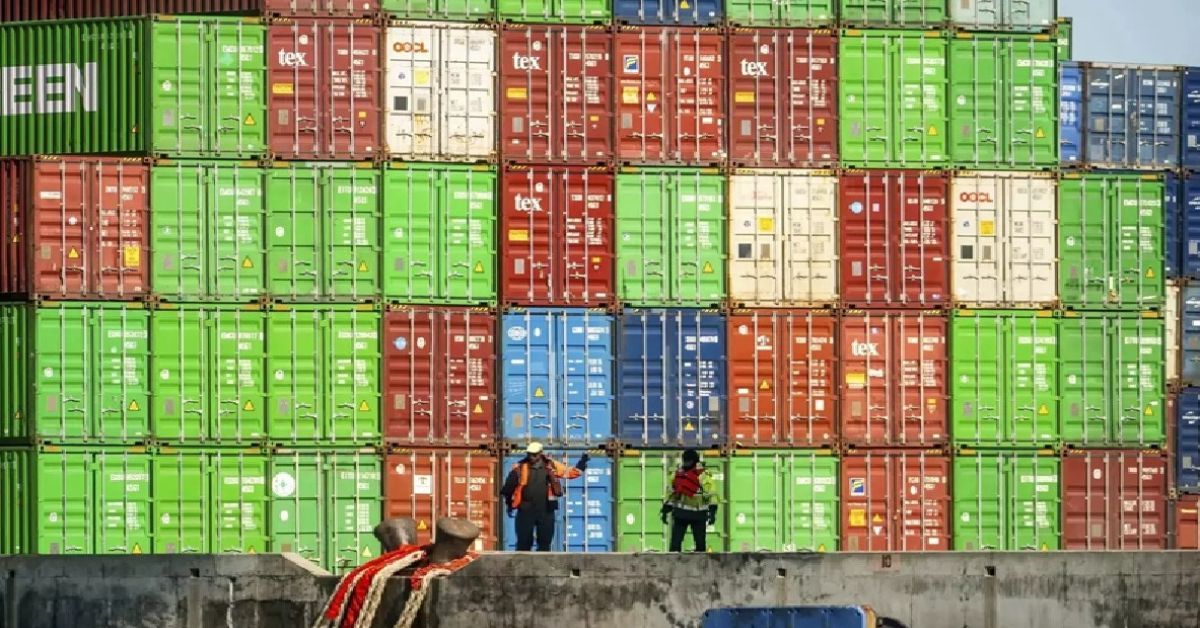Following US President Donald Trump’s decision to halt reciprocal tariffs for 90 days, Indian exporters are anticipated to experience a sharp increase in freight charges. Announced on April 9, the interim reprieve lowers tariff levels to 10% for nations like India, while keeping China out of the equation. Demand for container space has increased as a result of the development, which has caused a boom in front-loaded shipments.
According to industry experts, as exporters rush to ship their shipments before the 90-day window expires, the freight rate increase may approach double digits. This increase reflects a worldwide pattern. Last week, the price of shipping a 40-foot container went up by 3% to $2,265, according to Drewry’s World Container Index.
India’s container logistics industry is dealing with a number of complicated issues, such as ongoing instability in the Red Sea and disruptions in international trade. The uncertainty is increased by the nation’s reliance on leased containers, primarily from China. Although increasing domestic shipbuilding is the goal of the government’s Rs 25,000 crore Maritime Development Fund, analysts warn that it will take time to achieve container self-sufficiency.
Indian exporters and logistics companies would need to maintain their flexibility in the face of policy-driven changes in trade, as global freight circumstances continue to be unstable.







